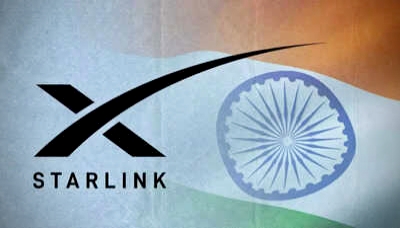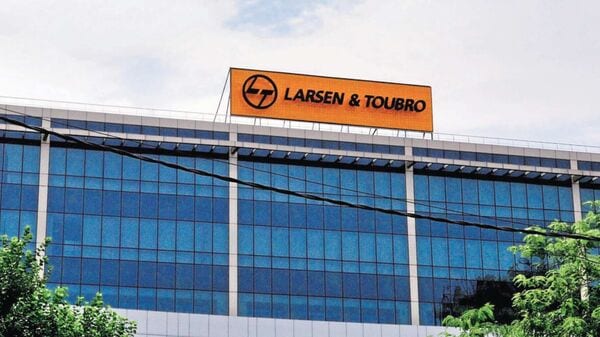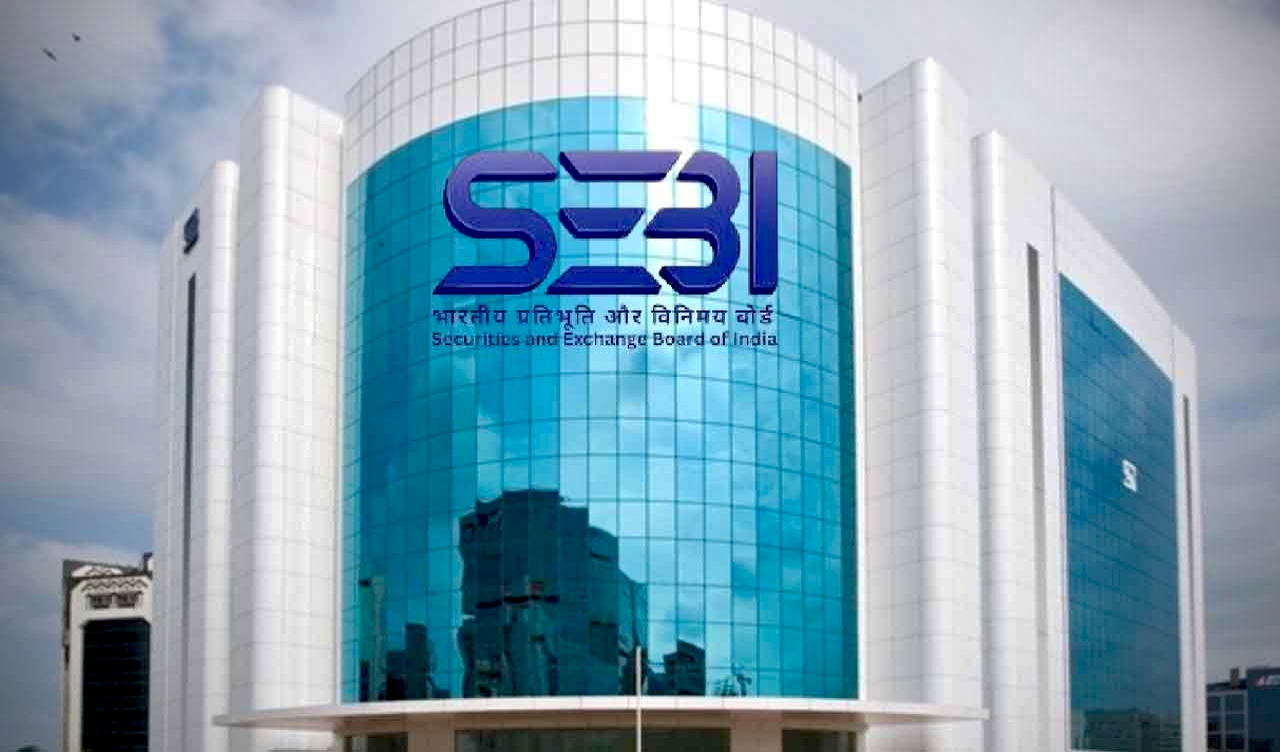
Introduction: Starlink Enters India’s Orbit
India’s satellite broadband space is about to undergo a tectonic shift. On June 2025, SpaceX President Gwynne Shotwell met with Civil Aviation Minister Jyotiraditya Scindia shortly after the Indian government formally approved Starlink’s internet services license. The high-profile meeting underscores the government’s commitment to leveraging cutting-edge satellite technology to bridge the rural connectivity divide and foster digital inclusion. It also marks SpaceX’s strategic push into the world’s most populous and rapidly digitizing market.
The Background: Starlink’s Long Road to Regulatory Approval
Starlink, the satellite-based internet arm of Elon Musk’s SpaceX, applied for a license in India back in 2021 through its subsidiary, Starlink Satellite Communications Private Limited. The initial rollout faced regulatory hurdles due to concerns over spectrum allocation, data security, and compliance with Indian telecom laws.
However, in early 2024, the Department of Telecommunications (DoT) fast-tracked approvals for global Low Earth Orbit (LEO) operators as part of India’s broader satellite communication (satcom) policy revamp. Starlink was granted a Global Mobile Personal Communication by Satellite (GMPCS) license, placing it alongside Bharti-backed OneWeb and Amazon’s Project Kuiper in the upcoming space-based internet revolution.
The Significance of the Scindia-Shotwell Meeting
The timing of the meeting between Shotwell and Minister Scindia is pivotal for several reasons:
- Policy Alignment: It signals alignment between SpaceX and Indian regulatory bodies, ensuring smoother implementation of satellite operations, particularly for airborne connectivity and disaster-resilient communications.
- Aviation Sector Interest: As India expands its commercial and regional air connectivity under UDAN (Ude Desh ka Aam Nagrik), Starlink’s satellite backhaul can transform in-flight internet services, an area where India lags significantly behind global standards.
- Rural Digital Push: The government may leverage Starlink to deliver last-mile connectivity in remote regions — a long-standing gap in BharatNet’s fiber deployment — accelerating targets under the Digital India program.
India’s Satellite Internet Landscape: A Competitive Orbit
India is becoming a competitive arena for satellite broadband, with three major players positioning for market share:
| Company | Backer | Technology | Target Deployment |
|---|---|---|---|
| Starlink | SpaceX (Elon Musk) | LEO | ~200,000 terminals by 2026 |
| OneWeb | Bharti Enterprises + Eutelsat | LEO | Already approved and partially operational |
| Amazon Kuiper | Amazon (Jeff Bezos) | LEO | Application underway |
The Indian satellite internet market is projected to grow to ₹14,000 crore (~$1.7 billion) by 2030, according to EY estimates, serving critical use cases in remote learning, telemedicine, disaster recovery, defence communication, and aviation.
Data-Driven Insights: Where Starlink Can Make a Difference
Connectivity Deficit by the Numbers:
- ~25,000 villages in India still lack basic internet access (DoT, 2024).
- Mobile internet penetration is just 31% in rural areas compared to 70%+ in urban centers (TRAI).
- India has the world’s second-highest number of internet users (over 900 million), but quality and accessibility remain inconsistent.
Starlink’s constellation of 4,000+ active LEO satellites, with latency under 50ms, can leapfrog infrastructure challenges, especially in the hilly terrains of Northeast India, Ladakh, and tribal belts of Madhya Pradesh and Chhattisgarh.
Implications for Investors and the Public
For Investors:
- Telecom Disruption Risk: Traditional players like Jio and Airtel may face pricing and service pressure in niche rural and enterprise markets. Investors should watch how these incumbents adapt via partnerships or in-house satcom ventures.
- CapEx Efficiency: Starlink’s model of hardware sales + subscription offers leaner expansion compared to fiber, appealing to both government and enterprise customers.
- Aviation Stocks Catalyst: Airlines offering in-flight broadband may benefit from higher passenger satisfaction and monetization of connectivity — a potential new revenue stream.
For the Public:
- Education & Health: Rural schools and PHCs (Primary Health Centers) could see immense benefit from real-time access to digital tools and teleconsultation platforms.
- Emergency Services: Satellite connectivity is vital during natural disasters when terrestrial networks collapse. Starlink has already proven this model in Ukraine and disaster zones globally.
Expert View: Why This Moment Matters
The Starlink-Scindia meeting is not just a corporate courtesy call — it’s a geopolitical and economic signal. India, by approving Starlink, is cementing its openness to global satellite diplomacy while balancing strategic autonomy.
Experts point out that satellite internet is not merely a “backup” option; it is the backbone of future communication infrastructure, especially in a post-5G world where ubiquitous, resilient, and high-speed connectivity will be a fundamental growth enabler.
Conclusion: Outlook and Action Points
India’s satellite internet revolution is officially in motion. With Starlink now greenlit, we can expect:
- Commercial services to begin in late 2025, starting with rural pilot deployments.
- Collaboration with Indian public sector units (e.g., BSNL, BBNL) for tower integration and deployment.
- Price war or bundling strategies from private telecom players in response.
For policymakers, the challenge lies in ensuring fair competition, spectrum clarity, and data sovereignty. For investors, this is a sunrise opportunity across telecom, aerospace, hardware, and digital services.
As the world eyes the stars for connectivity, India is firmly on the launchpad.








